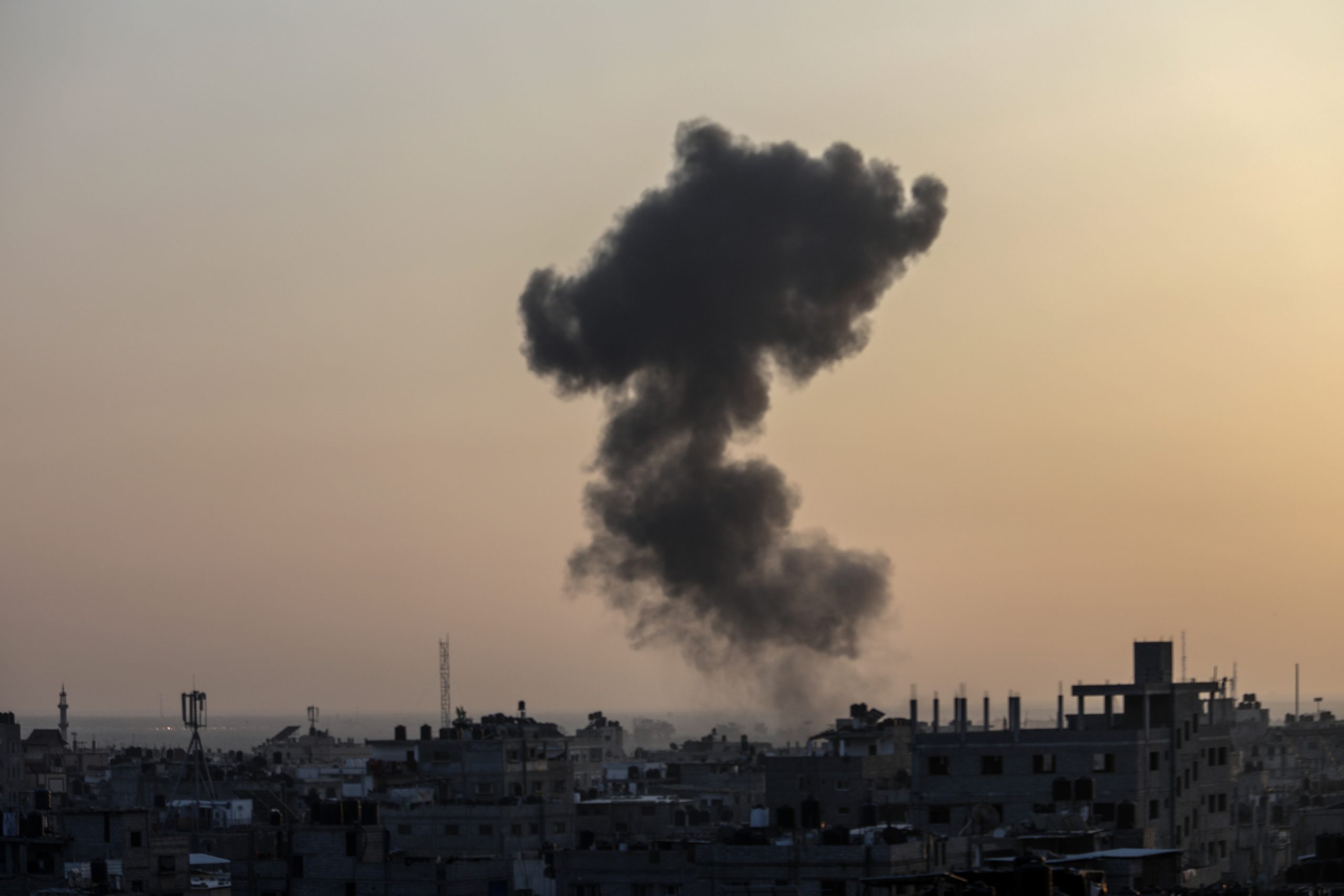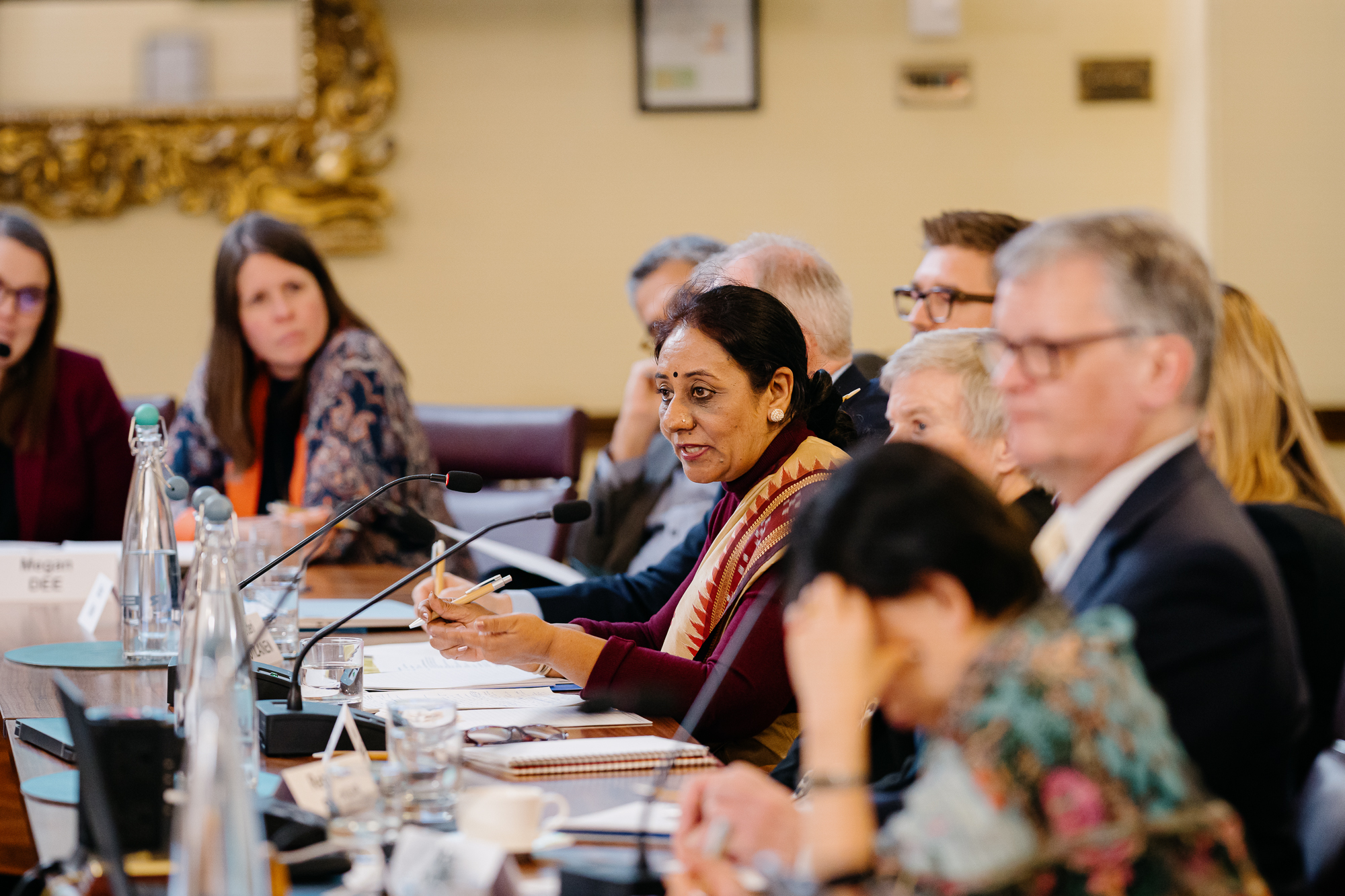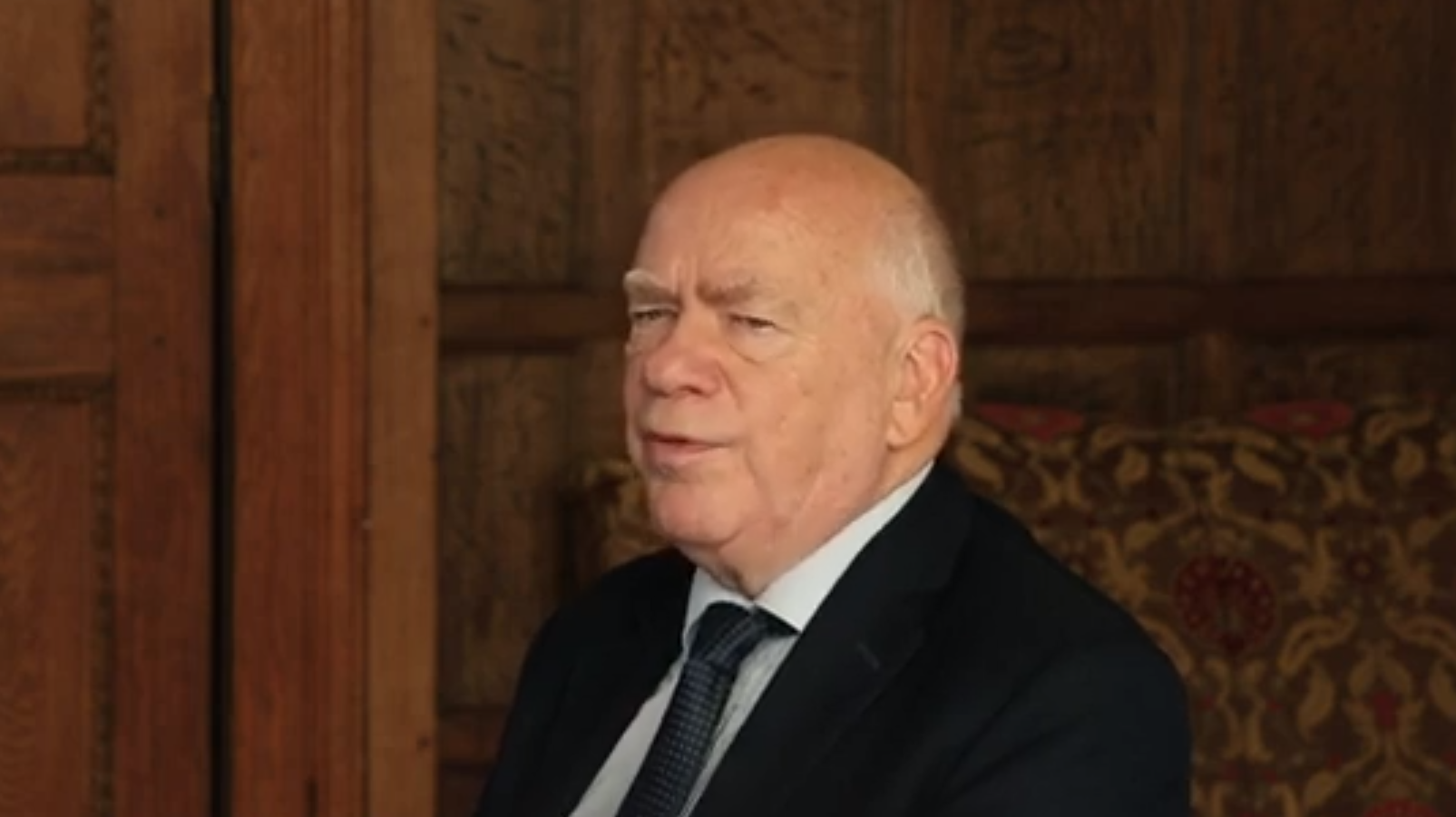This conference assessed the future for extended deterrence and assurance in Northeast Asia. We began by assessing the trends – technological, strategic and political – that can be regarded as decisive in how we think about extended deterrence and assurance, including the implications of Russian action in Crimea, particularly on US allies. NATO has established partner relations with four Asia-Pacific countries (Australia, Japan, New Zealand and South Korea), and Secretary-General Rasmussen has emphasised the importance of developing a more active dialogue between NATO and China that would be aimed at promoting better understanding and defining areas where the two can work together in support of peace and stability. We looked at NATO’s stake in Northeast Asia, and how the Alliance’s role there is developing through its partnerships. The sources of insecurity, and the issues where insecurity has the capacity to become instability and potentially conflict will be identified. As the US continues to shift in strategic focus towards the Asia-Pacific region, we looked at what will sustain its will to act there?
- What will it be willing to do in the event of instability or conflict, and what sustains its will to act?
- How dependent is the shift on a reasonably dependable and stable relationship with Russia, and to what extent can events like the Ukraine crisis reverse the shift?
- How is US will to act perceived in the region, and what affects this perception?
The likely future development of the US-China relationship, and their mutual interests and their conflicts, will be assessed. Attention then turns to the decisive trends in force structures and military capabilities in the region, and what can be inferred about likely patterns 20 years hence: is the picture likely to become more or less prone to instability? Finally, we had a session focusing on the continuing issue of North Korea’s nuclear, missile and other weapons development. What are the implications for extended deterrence in the region? What reactions can be anticipated from US allies in the region?












